Home>Garden Essentials>How Long Cilantro Germinate
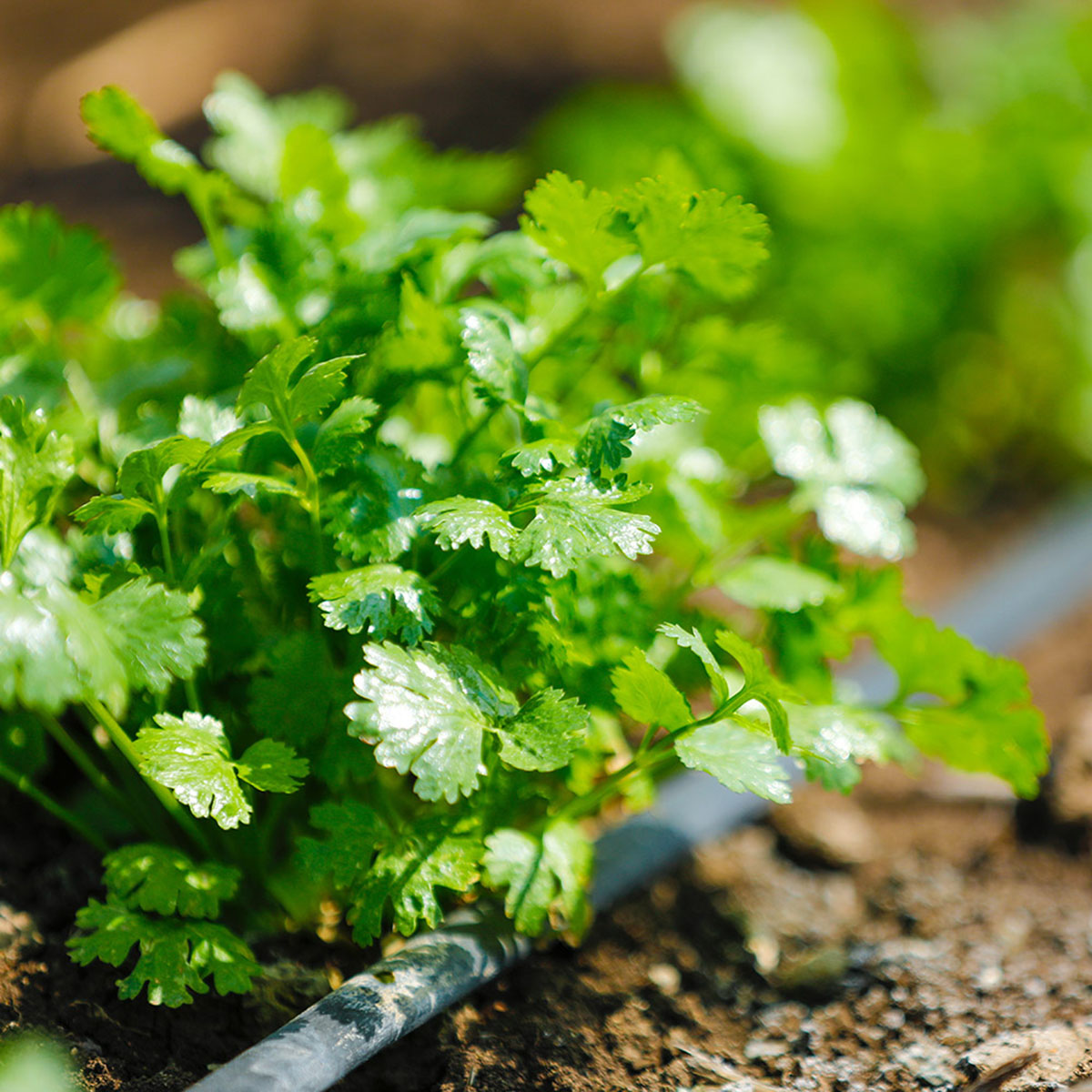

Garden Essentials
How Long Cilantro Germinate
Modified: March 24, 2024
Discover how long it takes for cilantro to germinate in your garden and learn the key factors that affect its germination process.
(Many of the links in this article redirect to a specific reviewed product. Your purchase of these products through affiliate links helps to generate commission for Storables.com, at no extra cost. Learn more)
Introduction
Welcome to the world of gardening! Whether you are a seasoned gardener or a newbie looking to start your own garden, understanding the germination process of various plants is essential. In this article, we will explore the fascinating world of cilantro germination.
Cilantro, also known as coriander or Chinese parsley, is a versatile herb widely used in culinary preparations around the world. It adds a fresh and vibrant flavor to dishes and is often a key ingredient in Mexican, Indian, Thai, and Middle Eastern cuisines.
For those looking to grow their own cilantro, the germination process is a crucial step in the journey towards a bountiful harvest. Understanding the factors that affect cilantro germination and creating the ideal conditions for this process is key to success.
So, how long does cilantro take to germinate? Let’s dive into the world of cilantro germination and explore everything you need to know about this fascinating herb.
Key Takeaways:
- Cilantro seeds take 7 to 14 days to germinate under ideal conditions, needing consistent moisture, moderate temperatures, and darkness. Fresh, high-quality seeds and proper soil preparation are key for successful germination.
- To ensure successful cilantro germination, use fresh seeds, pre-soak them, and provide consistent moisture and moderate temperatures. Thin out seedlings, provide adequate lighting, and address common issues promptly for healthy growth.
Read more: How To Store Cilantro Long Term
Understanding Cilantro Germination
Cilantro germination refers to the process by which cilantro seeds sprout and develop into seedlings. Like most plants, cilantro has specific requirements for germination, including the right amount of moisture, warmth, and proper soil conditions.
Cilantro seeds are small and round, with a hard outer shell. This protective layer helps the seeds stay dormant until the conditions are favorable for germination. Once the seed absorbs enough moisture, it triggers the seed to break open, allowing the tiny embryonic plant within to grow.
During germination, the seed first develops a small root called the radicle, which anchors the seedling in the soil. Next, a shoot emerges from the seed, which eventually develops into the stem and leaves of the plant. The timing of these stages can vary depending on the growing conditions.
Understanding the process of cilantro germination can help you optimize the conditions for success in your garden. In the following sections, we will explore the various factors that affect cilantro germination and reveal the ideal conditions to promote healthy growth.
Factors Affecting Cilantro Germination
Several factors can influence the germination of cilantro seeds. By understanding and managing these factors, you can increase the chances of successful germination and ensure healthy seedling development. Let’s explore the key factors to consider:
- Temperature: Cilantro seeds prefer moderate temperatures for germination. The ideal temperature range is between 50 to 75 degrees Fahrenheit (10 to 24 degrees Celsius). Lower temperatures can slow down germination, while higher temperatures can inhibit it. It’s important to provide a consistent temperature throughout the germination process to support optimal seedling growth.
- Moisture: Adequate moisture is crucial for cilantro seed germination. The seeds need to be consistently moist to activate the germination process. However, be careful not to oversaturate the soil, as excessive moisture can cause the seeds to rot. Strike a balance by ensuring the soil is evenly moist but not waterlogged.
- Light: Unlike some other plants, cilantro seeds do not require light to germinate. In fact, they prefer to germinate in the dark. If starting cilantro seeds indoors, cover them with a thin layer of soil to create the right environment for germination. Once the seedlings emerge, they will need access to light for healthy growth.
- Seed Quality: The quality and viability of the cilantro seeds you use also play a role in germination success. Fresh seeds have a higher likelihood of germination compared to older or improperly stored seeds. Therefore, it is advisable to purchase seeds from reputable sources and store them properly to maintain their viability.
- Soil Quality: The condition of the soil in which you sow the cilantro seeds can greatly impact germination. Ensure that the soil is well-draining and has good fertility. Cilantro prefers slightly acidic to neutral soil with a pH range of 6.0 to 7.0. Preparing the soil by removing any debris or weeds and incorporating organic matter can create an optimal germination environment.
- Sowing Depth: Cilantro seeds should be sown at the appropriate depth for optimal germination. Ideally, sow the seeds about a quarter to a half-inch deep in the soil. Planting the seeds too shallow or too deep can affect their ability to absorb moisture and germinate successfully.
By considering these factors and adjusting the conditions accordingly, you can greatly increase the success rate of cilantro seed germination. Next, let’s explore the ideal conditions required for cilantro germination in more detail.
Ideal Conditions for Cilantro Germination
To ensure successful cilantro germination, it’s essential to create the ideal growing conditions for the seeds. By providing the optimal environment, you can maximize the chances of successful sprouting and healthy seedling development. Here are the key conditions to consider:
- Temperature: Cilantro seeds germinate best in moderate temperatures. Aim for a soil temperature between 55 to 68 degrees Fahrenheit (13 to 20 degrees Celsius) for optimal germination. You can use a soil thermometer to monitor the temperature and adjust as needed.
- Moisture: Cilantro seeds require consistent moisture to germinate. Before sowing the seeds, ensure the soil is evenly moist but not waterlogged. You can achieve this by watering the soil lightly before planting. Throughout the germination process, monitor the moisture levels and water as needed to maintain a consistently moist environment.
- Light: Cilantro seeds prefer to germinate in the dark. When sowing the seeds, cover them with a thin layer (about 1/4 inch) of soil to create a dark environment. Once the seedlings emerge, they will need access to light for healthy growth. Place the pots or trays in a location that receives bright, indirect sunlight or provide supplemental artificial grow lights.
- Soil: Cilantro thrives in well-draining soil with a slightly acidic to neutral pH level. Prepare the soil by removing any debris, weeds, and large clumps. Amend the soil with organic matter, such as compost or aged manure, to improve its fertility and drainage. A loose and crumbly soil texture is ideal for cilantro germination.
- Planting Depth: Sow the cilantro seeds at a depth of about a quarter to a half-inch. Gently press the seeds into the soil and cover them lightly with soil. This depth allows the seeds to absorb moisture efficiently while still being protected.
By providing these ideal conditions, you can create an optimal environment for cilantro seed germination. Remember to monitor the temperature, moisture, and light levels consistently to ensure the seeds have the best chance of sprouting and developing into healthy seedlings.
In the next section, we will discuss the timeline and expected duration for cilantro germination, giving you an idea of when to expect those delightful green sprouts to emerge.
Cilantro seeds typically germinate within 7-10 days when planted in well-draining soil and kept consistently moist. Placing the seeds in a warm, sunny location can also help speed up the germination process.
Germination Timeline for Cilantro
The germination timeline for cilantro can vary depending on several factors, including temperature, moisture, and seed quality. On average, cilantro seeds take about 7 to 14 days to germinate under ideal conditions. However, it’s important to note that germination can occur as early as 3 to 4 days or take as long as 21 days.
The temperature plays a significant role in determining the germination timeline. Cilantro seeds prefer moderate temperatures between 55 to 68 degrees Fahrenheit (13 to 20 degrees Celsius). Warmer temperatures can speed up the germination process, while cooler temperatures can slow it down. Maintaining a consistent temperature within this range will help ensure timely germination.
Proper moisture is also crucial for cilantro germination. The seeds need to be consistently moist but not waterlogged. By providing adequate moisture, the seeds can absorb the water needed for the germination process to begin. It’s important to monitor the moisture levels in the soil and water as needed to maintain optimal conditions.
Seed quality can also impact the germination timeline. Fresh, high-quality seeds are more likely to germinate faster and have a higher success rate compared to older or improperly stored seeds. It’s best to use fresh cilantro seeds obtained from reputable sources for the best germination results.
Once the seeds germinate, you will see small white roots, known as radicles, emerging from the seeds. Shortly after, green shoots will start to arise, which will develop into the stems and leaves of the cilantro plants.
Keep in mind that cilantro is a herb with a relatively short germination period compared to some other plants. Once the seeds have successfully sprouted and the seedlings have developed, they will continue to grow rapidly and require proper care, including adequate light, water, and nutrients.
Now that you have an idea of the germination timeline for cilantro, let’s move on to the next section to discover some useful tips for successful cilantro germination.
Read more: How Long To Germinate Pitaya
Tips for Successful Cilantro Germination
To ensure successful cilantro germination, here are some valuable tips to keep in mind:
- Start with fresh seeds: Use fresh cilantro seeds obtained from reputable sources. Fresh seeds have a higher germination rate compared to older or improperly stored seeds.
- Pre-soak the seeds: To enhance germination, you can pre-soak cilantro seeds for 24 hours before planting. This can help soften the seed coat and promote faster sprouting.
- Use the right planting depth: Sow the cilantro seeds at a depth of about a quarter to a half-inch. Planting them too shallow or too deep can hinder germination and growth.
- Provide adequate moisture: Ensure that the soil remains consistently moist throughout the germination process. Avoid overwatering, as excessive moisture can cause the seeds to rot. Water the soil lightly and regularly to maintain the right moisture levels.
- Protect from extreme temperatures: Cilantro seeds prefer moderate temperatures for germination. Shield the seeds from extreme heat or cold, as it can hinder germination. Consider using a greenhouse, cold frame, or grow lights to control the temperature if growing cilantro indoors.
- Thin out seedlings: Once the cilantro seedlings have emerged, thin them out to give each plant enough space to grow and thrive. Crowded seedlings can compete for resources and lead to stunted growth.
- Provide adequate lighting: Once the seedlings have sprouted, ensure they receive sufficient light. Place them in a location where they can get at least 6 to 8 hours of bright, indirect sunlight per day. If growing indoors, use artificial grow lights to supplement the natural light.
- Keep an eye on pests: Watch out for pests like aphids and slugs that may attack cilantro seedlings. Apply organic pest control methods or use physical barriers to protect your plants from damage.
- Regularly fertilize: Cilantro plants benefit from regular fertilization. Apply a balanced organic fertilizer once the seedlings have established and continue to fertilize every few weeks throughout their growth.
By following these tips, you can increase the chances of successful cilantro germination and ensure healthy seedling development. Remember that cilantro germination can sometimes be unpredictable, so be patient and give your seeds the best possible conditions to thrive.
Now let’s move on to the next section, where we will discuss common problems and troubleshooting techniques for cilantro germination.
Common Problems and Troubleshooting
While cilantro germination is usually a straightforward process, certain issues can arise. Here are some common problems you may encounter during cilantro germination and some troubleshooting techniques to address them:
- Poor germination: If you notice a low germination rate or no signs of sprouting within the expected timeframe, the issue may lie with the seed quality. Ensure you are using fresh, high-quality seeds. If the problem persists, adjust temperature and moisture levels to create optimal conditions for germination.
- Damping off: Damping off is a fungal disease that affects seedlings and can cause wilting and death. To prevent damping off, provide good air circulation, avoid overwatering, and use sterilized soil or potting mix.
- Seed rot: Excessive moisture or poor drainage can lead to seed rot, causing seeds to decay before germination. Ensure the soil is well-draining and avoid overwatering. Consider using a seed starting mix specifically designed for excellent drainage.
- Inadequate lighting: Insufficient light can result in weak and leggy seedlings. If growing indoors, provide adequate artificial grow lights or place the seedlings in a sunny location. Positioning reflective surfaces around the plants can also help maximize light exposure.
- Pest infestation: Common pests such as aphids and slugs can damage cilantro seedlings. Monitor the plants regularly and take appropriate pest control measures such as applying organic insecticides or using physical barriers like row covers or copper tape.
- Seedling overcrowding: If seedlings are too crowded, they can compete for resources and inhibit each other’s growth. Thin out the seedlings by removing the weakest ones, leaving enough space between each plant for proper development.
- Imbalanced watering: Inconsistent or overwatering can lead to stunted growth or root rot. Water the seedlings evenly and allow the soil to dry slightly between waterings. Use a moisture meter to monitor soil moisture levels and adjust watering accordingly.
- Improper nutrient levels: Insufficient nutrients or imbalanced soil fertility can result in poor seedling growth. Regularly fertilize with a balanced organic fertilizer to provide necessary nutrients for healthy development.
By addressing these common problems and troubleshooting techniques, you can overcome challenges and ensure the successful germination and growth of your cilantro seedlings.
Now that you are equipped with the knowledge to tackle potential issues, let’s conclude our exploration of cilantro germination.
Conclusion
Growing cilantro from seed is a rewarding experience that allows you to enjoy the fresh flavors and aromas of this versatile herb right from your garden. Understanding the process of cilantro germination and creating the ideal conditions for it is essential for successful seedling development.
Throughout this article, we have explored the factors that affect cilantro germination, including temperature, moisture, light, seed quality, soil, and planting depth. By considering these factors and making adjustments as necessary, you can increase the chances of successful germination and healthy seedling growth.
Remember that cilantro seeds can take anywhere from 7 to 14 days to germinate under ideal conditions. By maintaining the right temperature, moisture levels, and providing adequate lighting, you can optimize the germination process and ensure timely sprouting.
Additionally, we discussed some valuable tips for successful cilantro germination, such as using fresh seeds, pre-soaking, providing proper moisture and lighting, thinning out seedlings, and regular fertilization. These tips can greatly enhance your chances of achieving a bountiful cilantro harvest.
Lastly, we covered common problems that can arise during cilantro germination, including poor germination, damping off, seed rot, inadequate lighting, pest infestations, overcrowding, imbalanced watering, and nutrient deficiencies. By identifying and addressing these issues promptly, you can overcome challenges and ensure the healthy development of your cilantro seedlings.
Now that you have a comprehensive understanding of cilantro germination, it’s time to put this knowledge into practice. Enjoy the process of sowing, nurturing, and watching your cilantro seeds transform into vibrant, flavorful plants that will enhance your culinary endeavors.
Happy gardening and may your cilantro harvest be abundant!
Frequently Asked Questions about How Long Cilantro Germinate
Was this page helpful?
At Storables.com, we guarantee accurate and reliable information. Our content, validated by Expert Board Contributors, is crafted following stringent Editorial Policies. We're committed to providing you with well-researched, expert-backed insights for all your informational needs.
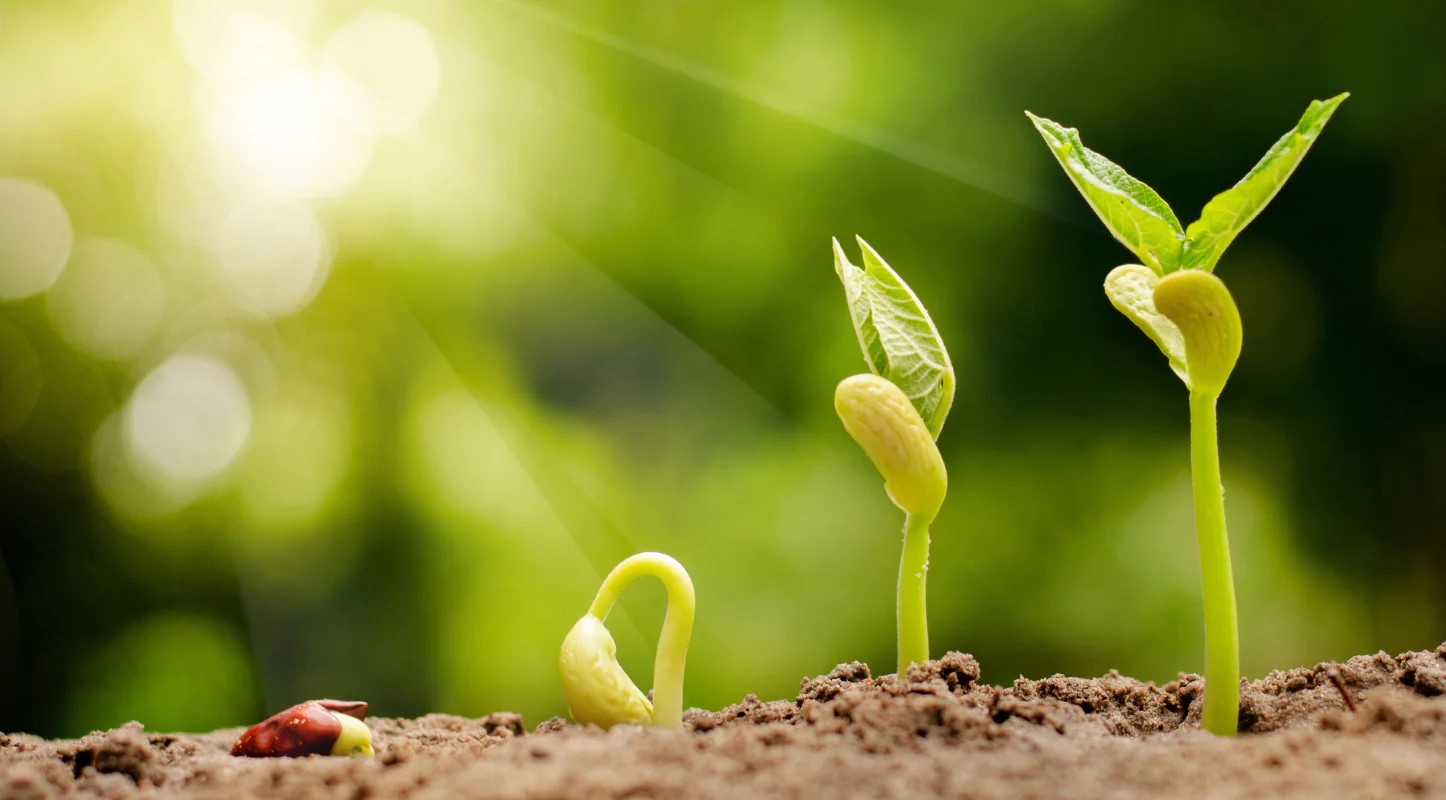
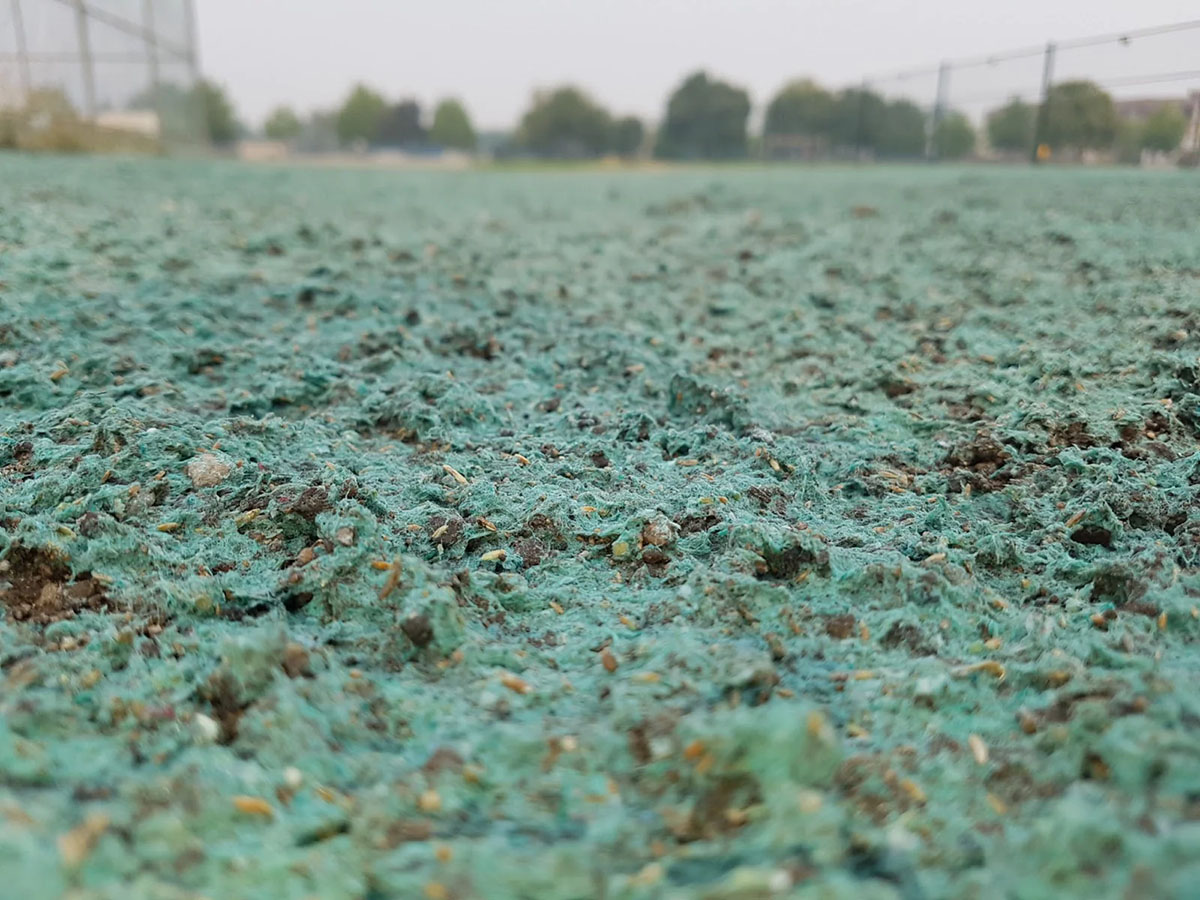
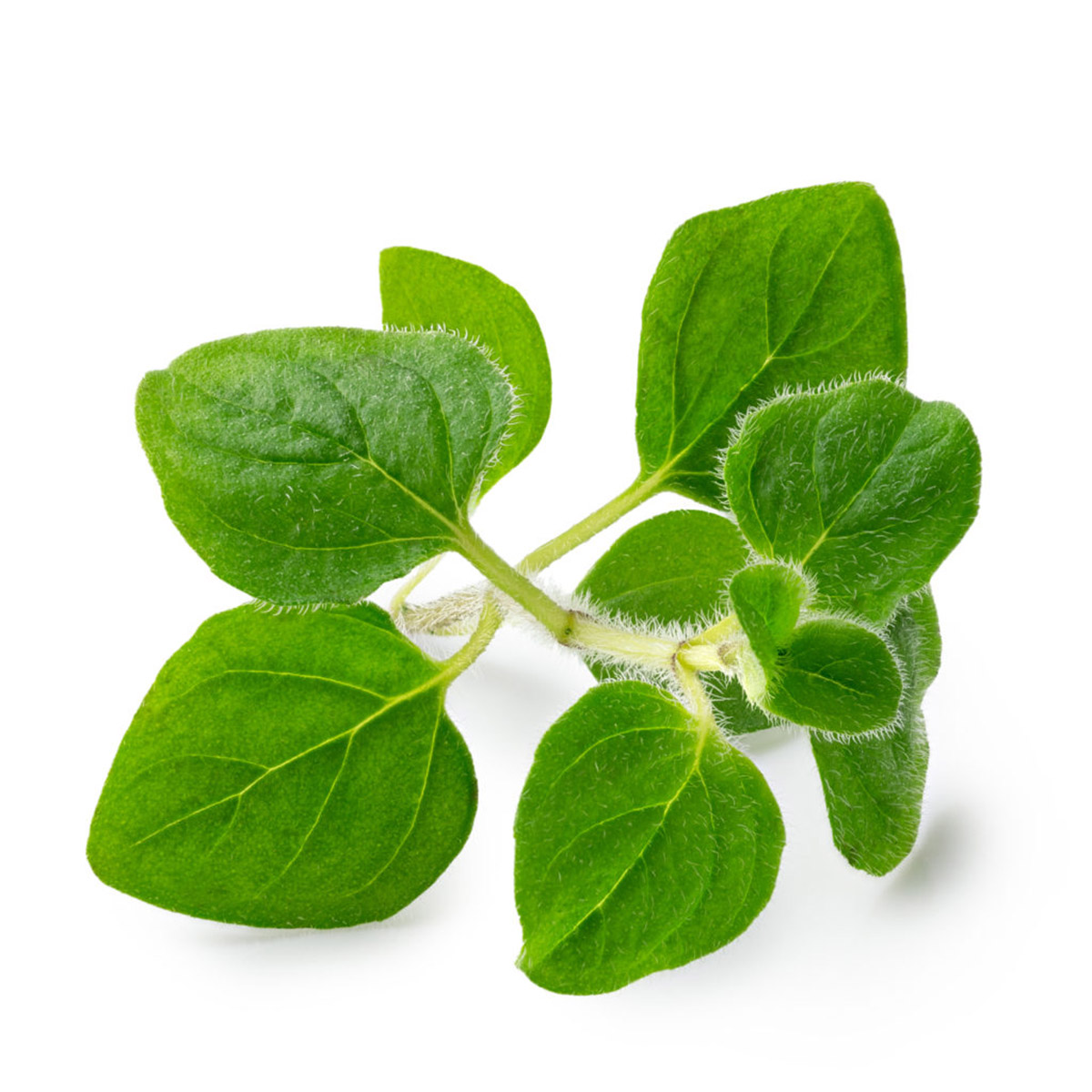
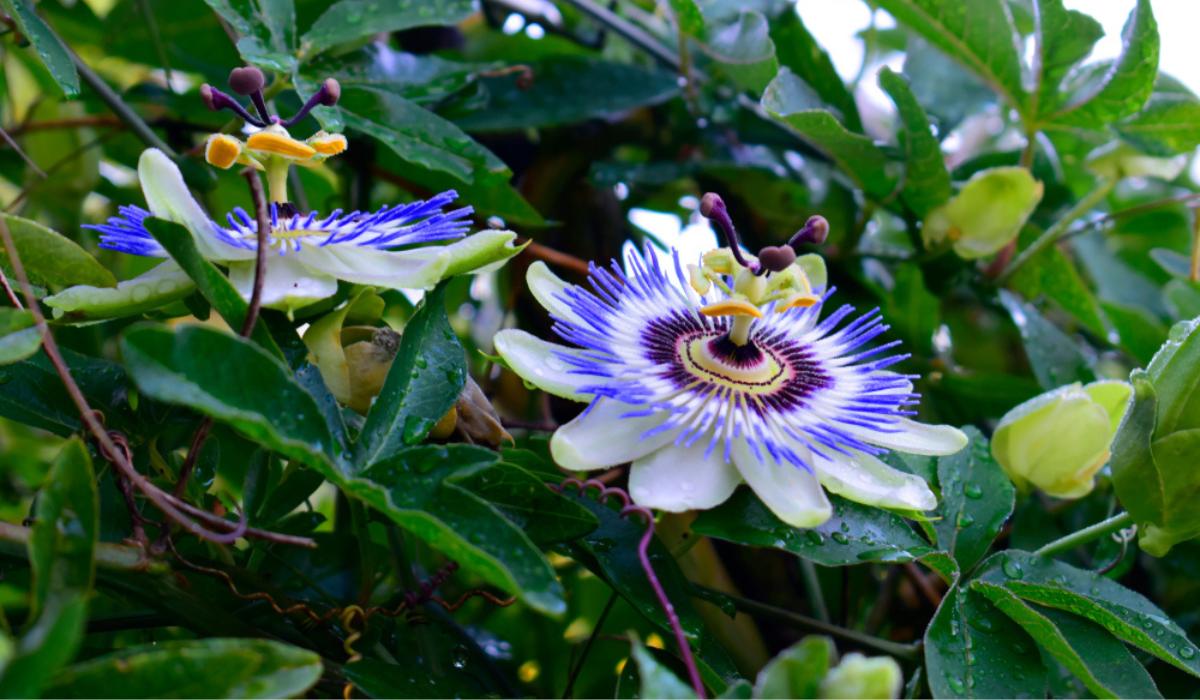
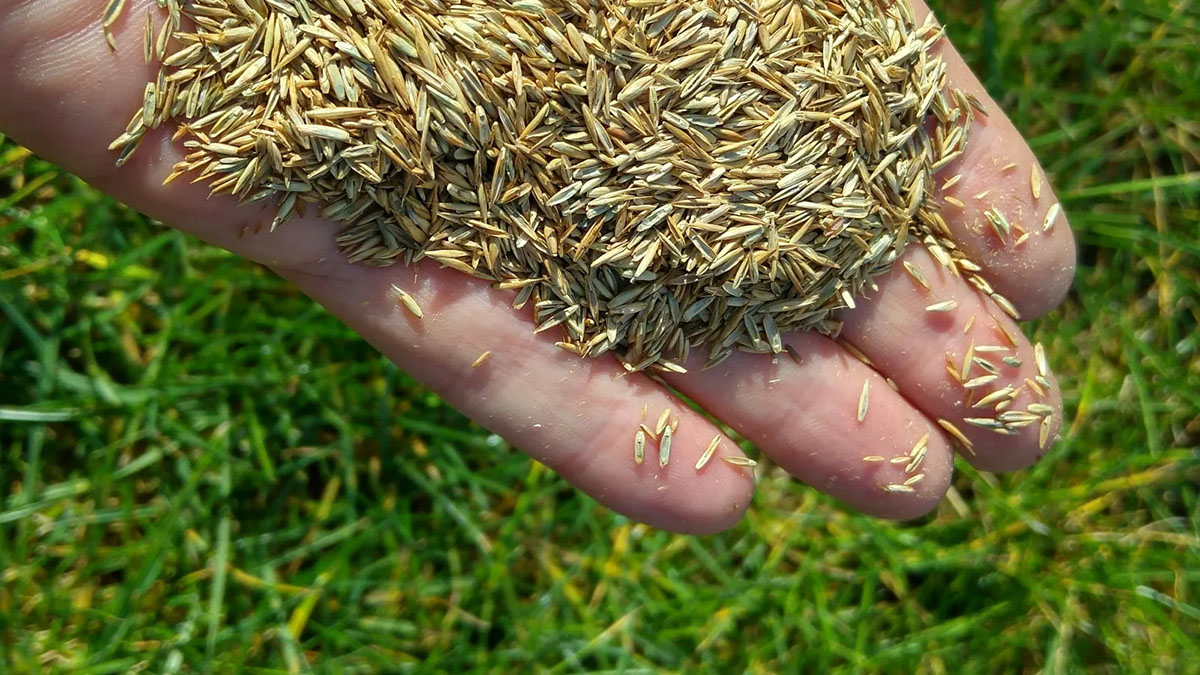

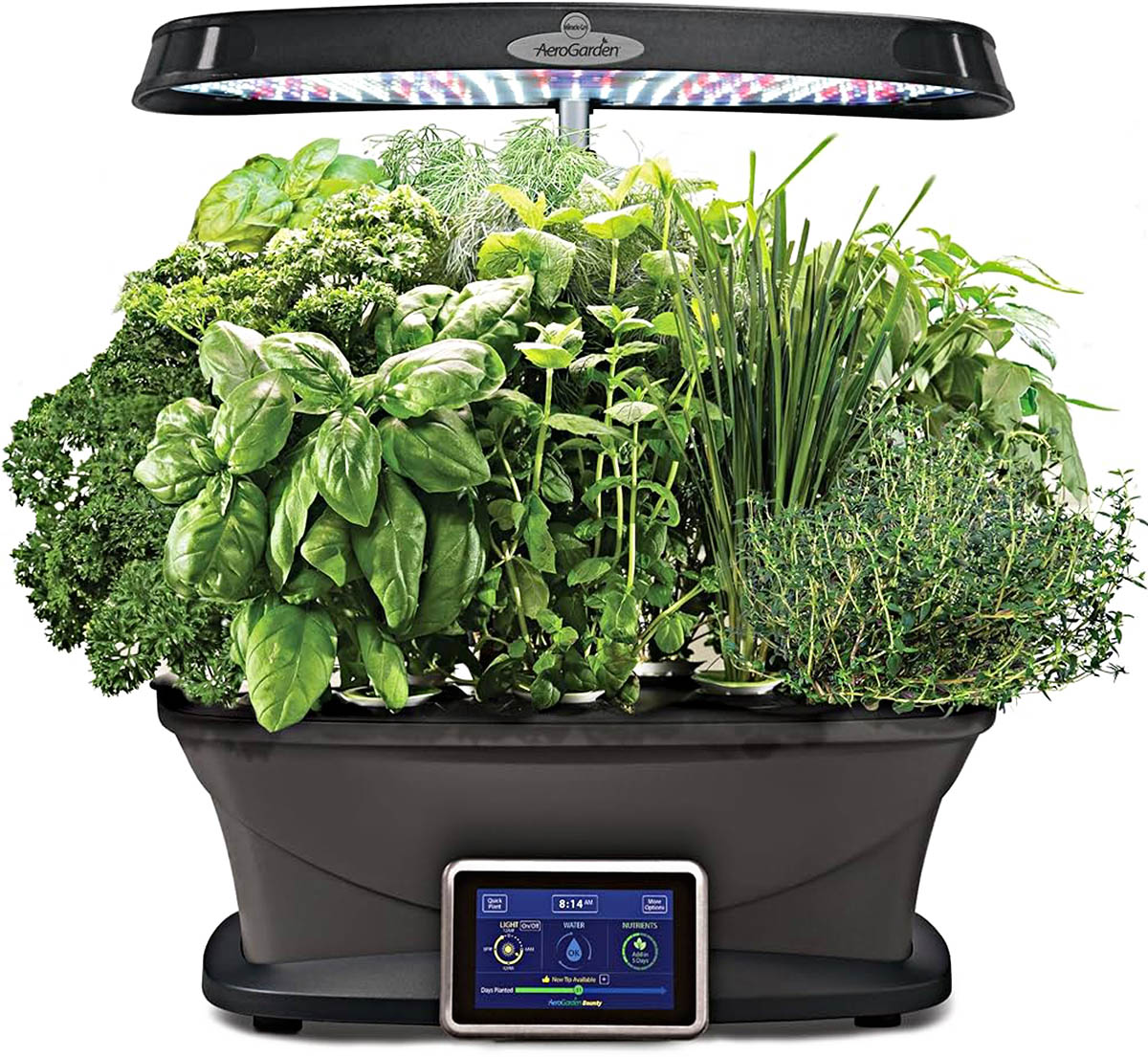
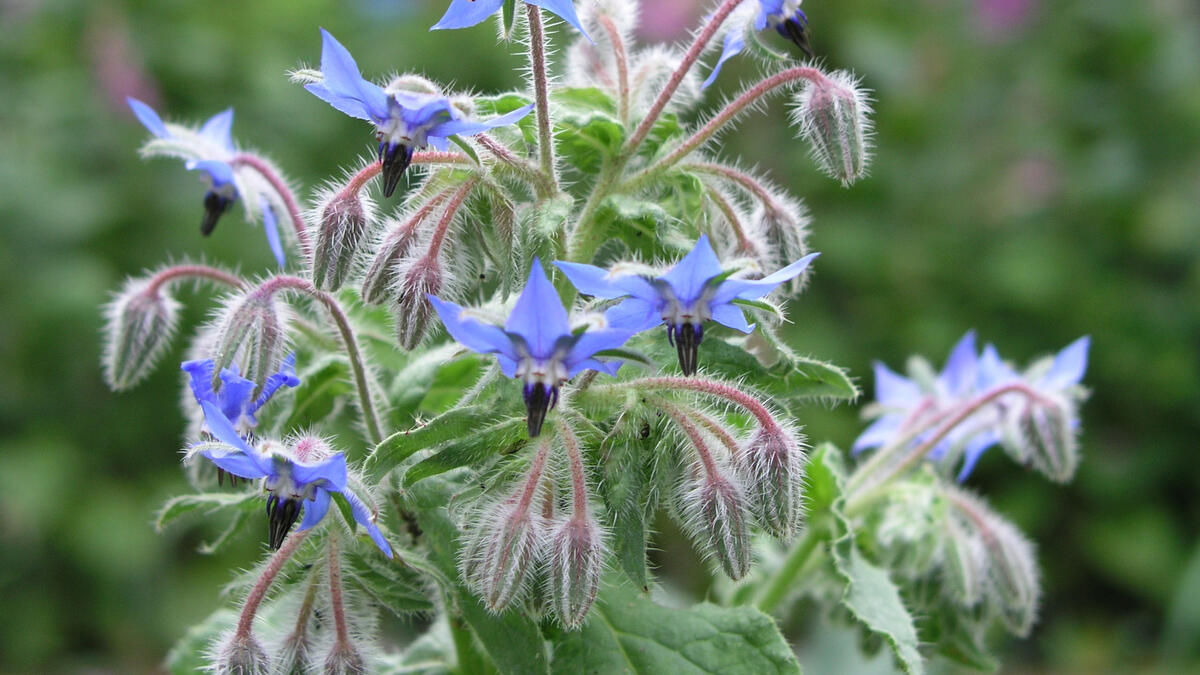
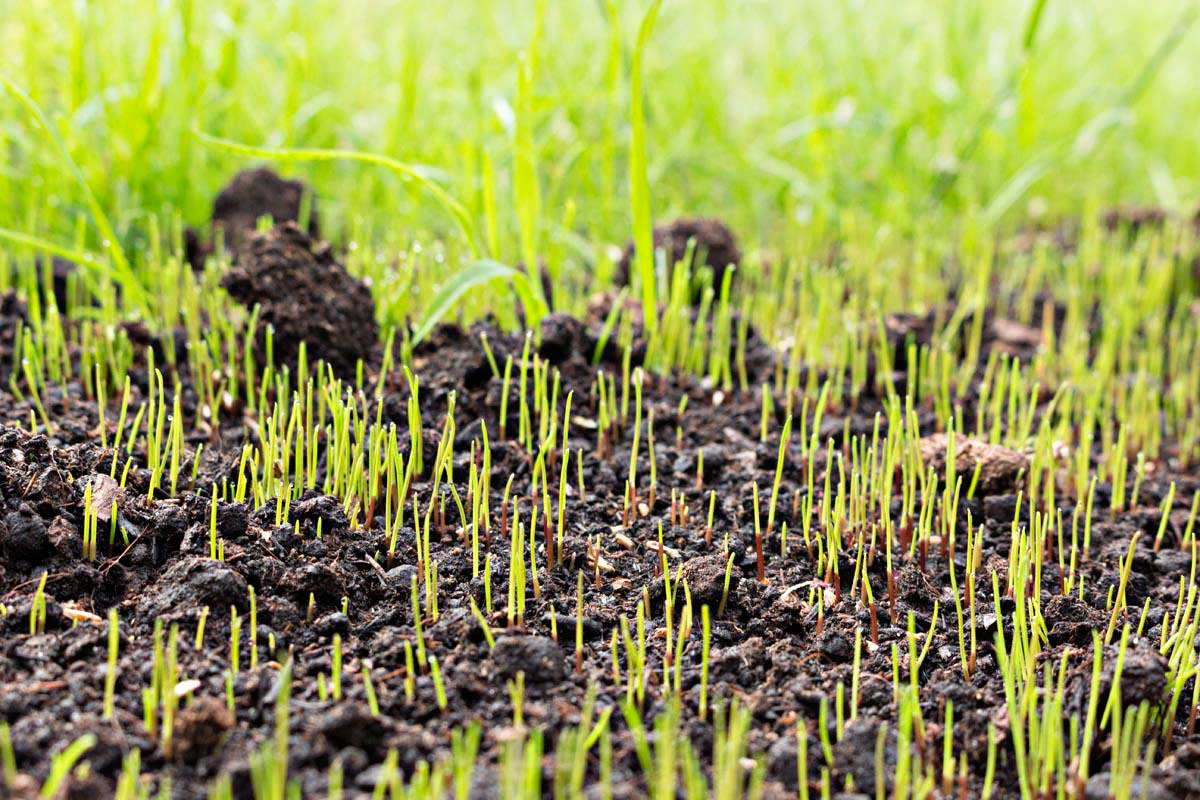
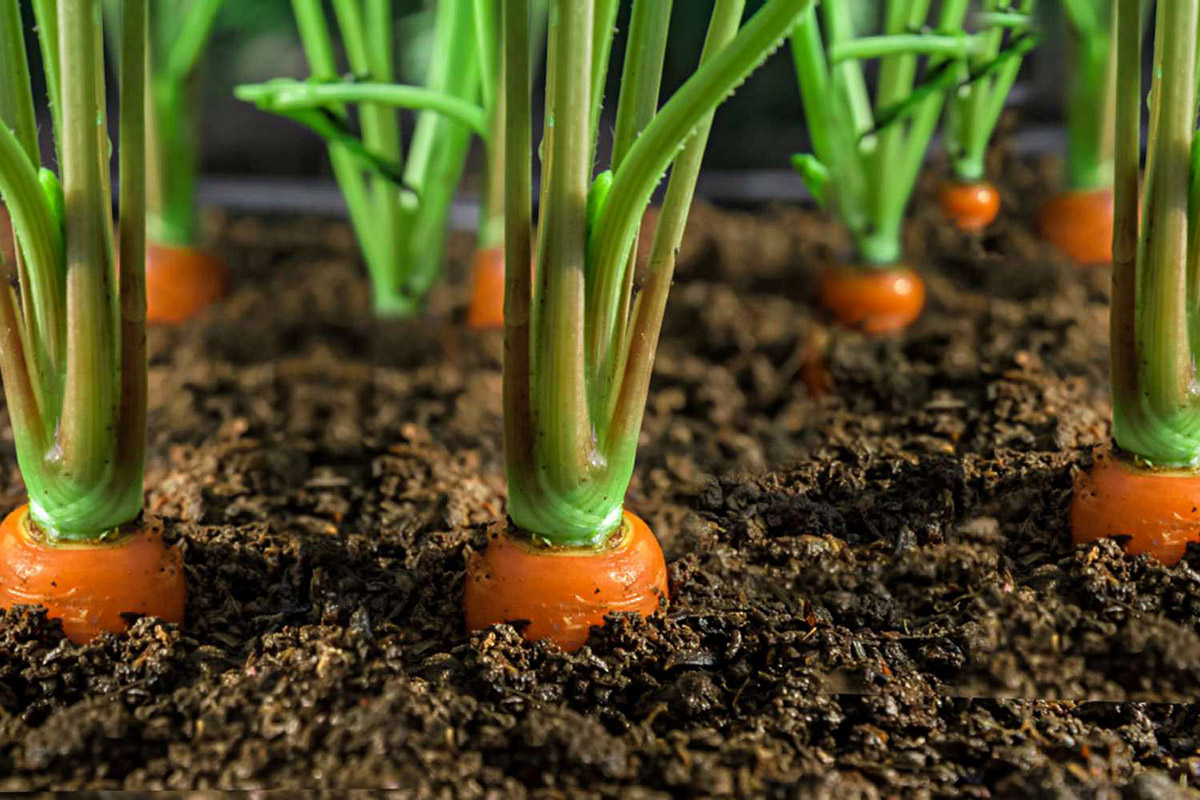
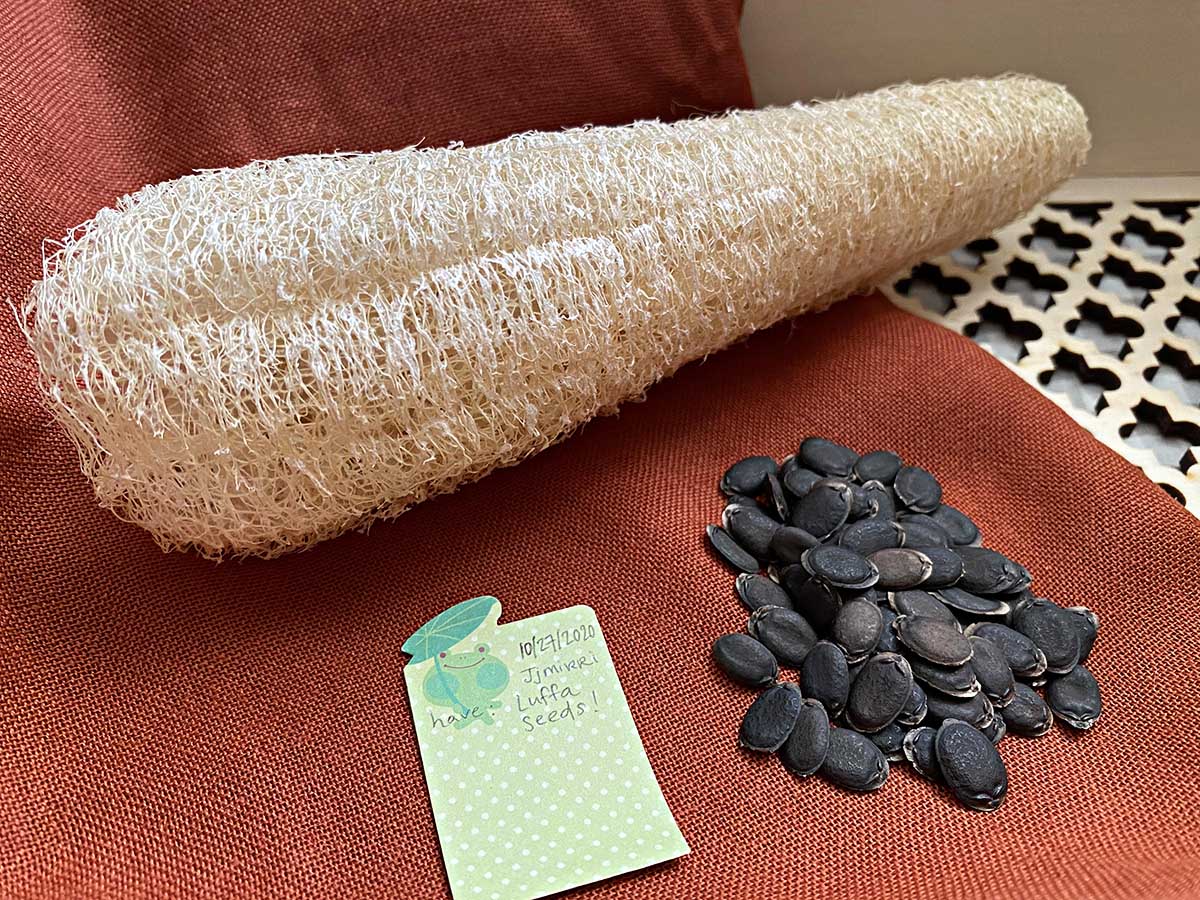
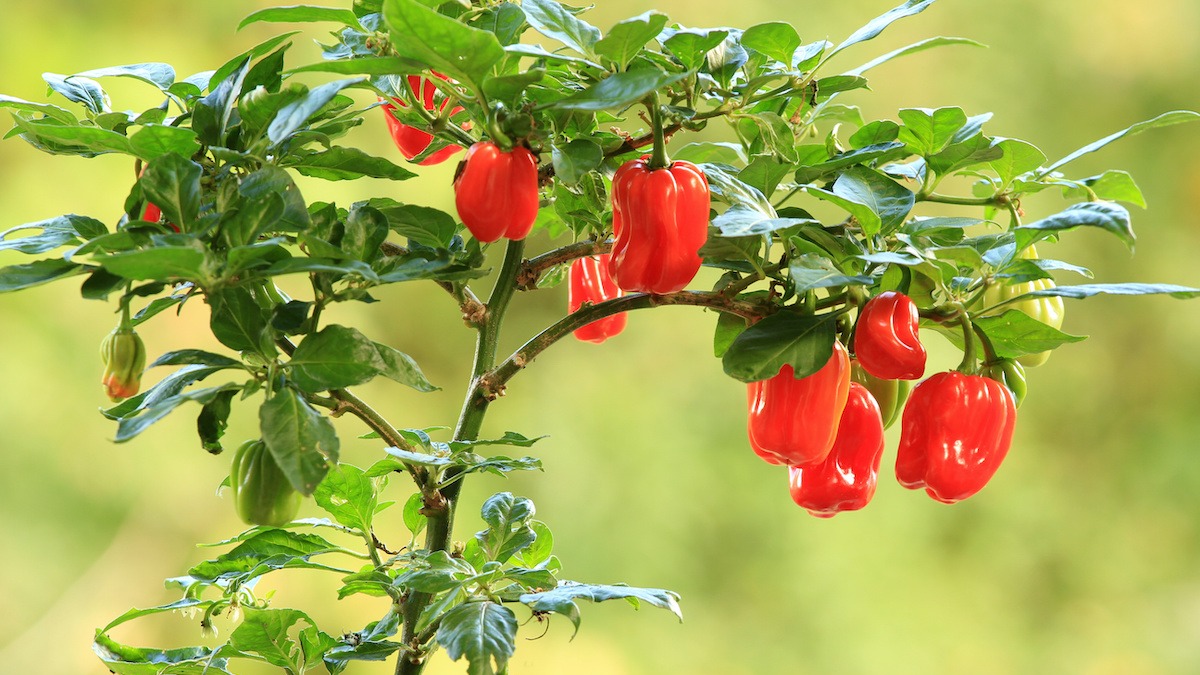
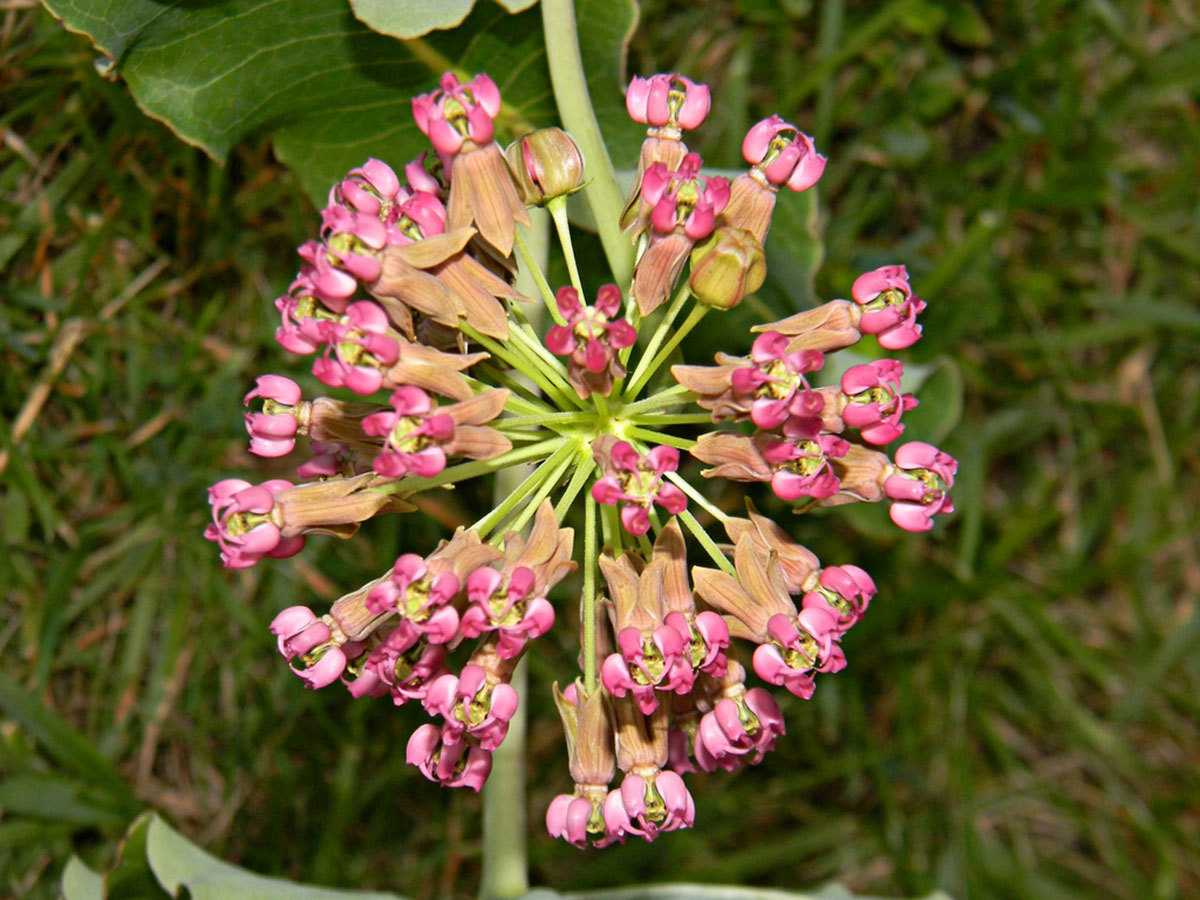
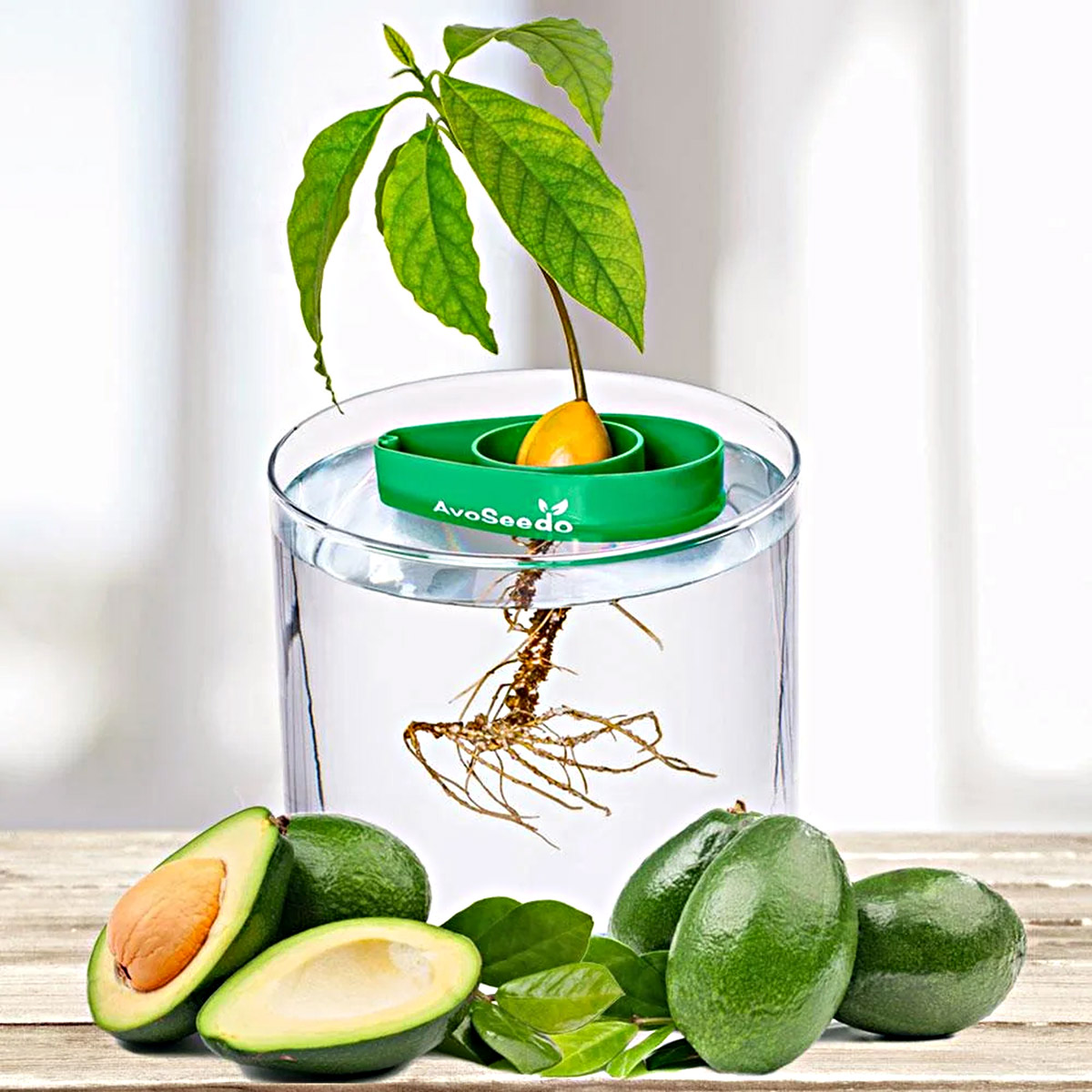

0 thoughts on “How Long Cilantro Germinate”